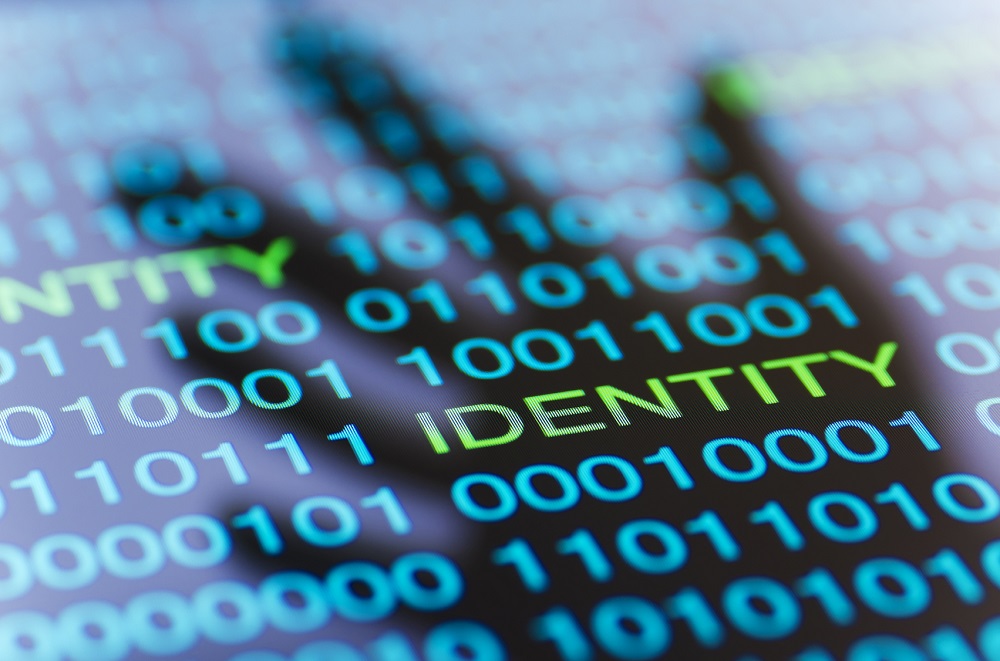
Digital Identity for the Digital Ecosystem
By LTP Identity garners a lot of attention, particularly in financial services. LTP continues to follow identity trends around the world, ask questions, and help you keep a pulse on what’s happening. We’re very excited to be knowledge partners of the K(NO)W Identity Conference and hope to see you in Washington DC on May 15th.
Digital Identity for the Digital Ecosystem
A per a July 2016 SecureIDNews article, the size of Personal Identity market stands at $8.7b which is estimated to reach $9.7b by 2021. Digital Identity thus moves to become a market of significant interest among financial institutions and technology vendors alike. Not to mention, as per Angel’s startup database, a good number of companies are entering the space armed with technologies such as machine learning (Threatmetrix) and distributed ledger technology (BanQu, Shocard).
The Problem
The existing digital identity systems are from a different, pre-internet, pre-information era. This means the old systems contain flaws which need attention, some of which are fundamental issues demand a complete infrastructure overhaul. The large and complex programs, such as ID cards, are susceptible to political and ideological shifts, thereby affecting the system’s robustness.
Some digital identity systems also face stakeholder rejection, meaning the users may not adopt the system due to poor design, the system’s purpose, or structure. A classic example would be the Identity Cards Act 2006, an Act of the Parliament of the United Kingdom that has since been repealed. It created national identity cards, a personal identification document, and the European Union travel document, linked to a database known as the National Identity Register (NIR), which has since been destroyed.
We have previously highlighted some problems with existing approach to identity – fragmentation, and varying regulatory environments in international markets.
The Physical-to-Digital Transition
Standard identity systems are predominantly based on physical documents and processes, creating a lot of friction. Proof of identity based on possession of physical documents may not necessarily require a demonstrable link between an individual and the documents (i.e., authentication, enabling use of an entity’s credentials by a different user). Additionally, physical identity documents can be falsified, altered or tampered with, lost or stolen and their presentation and transfer creates the potential for human error in transactions.
Physical identity was designed to enable face-to-face transactions among entities while digital identity enables transactions across digital interfaces. The current state of transactions over digital interfaces shows the plight of lengthy and cumbersome customer identification processes. For instance, verifying a profile on a dating site, takes tens of minutes for an average customer, availing a loan for majority customers still requires days while incentivizing customers based on risk profile is something which, due to lack of a unified digital identity system, demands a substantial amount of time to collect and assess a user’s historical transactions.
Digital or Mobile?
The most significant identity data source will include the right balance between the mobile network operators (MNO), financial institutions, and government ID schemes. In the digital identity landscape, there’s a school of thought that proposes mobile as the future of identity. Many companies such as Payfone are extensively pursuing partnerships with MNOs and device manufacturers, establishing a link of user’s identity with his/her mobile number. However, this approach doesn’t work in countries like India, where holding multiple SIM cards is common. That said, a decline in this practice is inevitable considering the tighter KYC registration flows and the recent push by NPCI to link authenticated mobile numbers with bank accounts.
The case for mobile-first identity is promising but the longer term impact remains unclear. What is clear is the pressing need of a robust, digital identity system to drive cost and efficiencies for users and businesses transacting online, which is only increasing over time.





